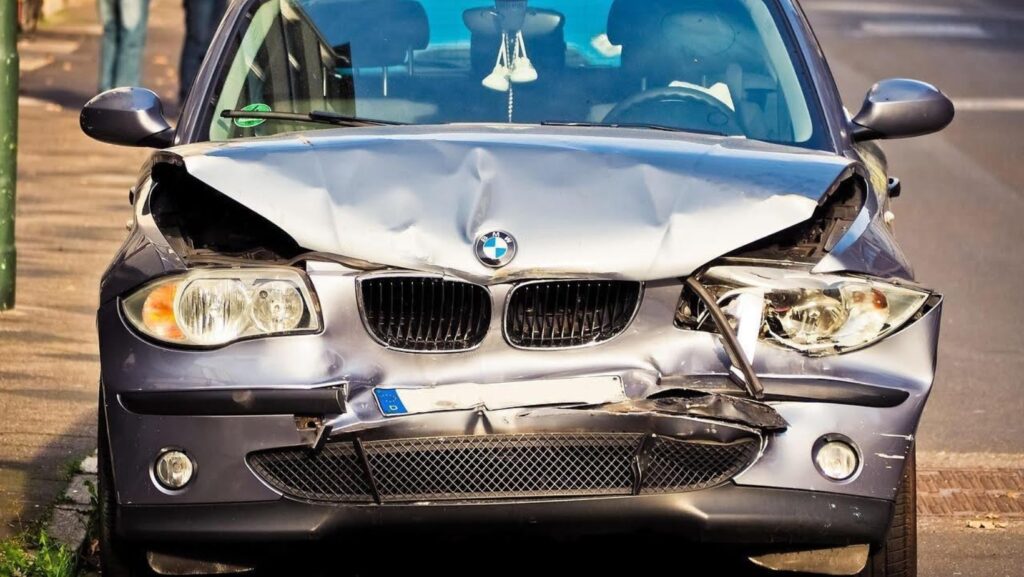
Distracted driving has become one of the most pressing safety concerns on American roads today. As smartphones, in-vehicle technology, and urban environments become increasingly complex, drivers face more distractions than ever before. The consequences are particularly severe in dense urban areas where traffic congestion, pedestrians, and cyclists create additional hazards. Understanding the scope and impact of distracted driving is crucial for developing effective prevention strategies and protecting public safety.
The Alarming Statistics Behind Distracted Driving
Recent data reveals the devastating toll of distracted driving on American communities. In 2024, driver distraction directly caused more than 3,000 fatalities across the United States, representing a significant portion of total traffic deaths. These numbers underscore the critical nature of addressing distracted driving behaviors before they lead to tragic outcomes.
Technology’s Double-Edged Role in Driver Safety
Modern vehicles come equipped with numerous technological features designed to enhance the driving experience, yet these same innovations can contribute to driver distraction. Infotainment systems, GPS navigation, and smartphone integration create opportunities for drivers to take their attention away from the road. Urban environments amplify these risks as drivers navigate complex intersections, construction zones, and heavy traffic while managing multiple technological inputs.
The challenge lies in balancing technological convenience with safety priorities. While hands-free systems and voice commands offer safer alternatives to manual device operation, they still require cognitive attention that could otherwise be focused on driving tasks.
Urban Environments and Distraction Amplification
City driving presents unique challenges that compound the risks of distracted driving. Dense traffic patterns, frequent stops, and multiple lanes of traffic require constant vigilance from drivers. When distraction occurs in these environments, the potential for serious accidents increases dramatically due to reduced reaction times and limited escape routes.
Urban areas also feature higher concentrations of vulnerable road users, including pedestrians, cyclists, and motorcyclists. A momentary distraction that might result in a minor fender-bender on a rural highway could prove fatal when it involves these unprotected individuals in city settings.
The Scale of the Problem of Distracted Driving and Future Outlook
The scope of distracted driving risk becomes clear when we consider that nearly 89% of Americans aged 25 and older possess driver’s licenses, creating an enormous population exposed to potential distraction-related incidents. This widespread driving participation means that virtually every American family has someone at risk of being involved in a distracted driving accident.
However, comprehensive safety initiatives and advancing vehicle technologies offer reasons for cautious optimism. Transportation experts forecast that road accidents per million residents could decrease by approximately 2,490 incidents between 2024 and 2029, suggesting that current prevention efforts may be beginning to reverse dangerous trends.
Legal Implications and Driver Responsibility
When accidents occur due to negligent driving behaviors, victims often face significant medical expenses, lost wages, and emotional trauma. The legal system recognizes distracted driving as negligence, and those injured by inattentive drivers may be entitled to compensation. In such situations, it’s essential to contact a local attorney. For example, suppose you have been involved in a car accident in Ocala, FL. In that case, you should hire a lawyer after a car crash in Ocala to understand your legal rights and potential compensation options.
Distracted driving remains a critical threat to urban road safety, claiming thousands of lives annually while affecting countless families across America. While projected decreases in overall accident rates offer hope, the persistent dangers of driver distraction demand continued attention from policymakers, technology developers, and individual drivers. Only through combined efforts in education, enforcement, and technological innovation can communities effectively combat this preventable cause of traffic accidents and create safer urban environments for all road users.




